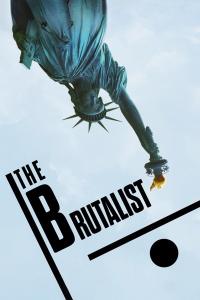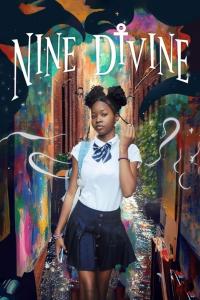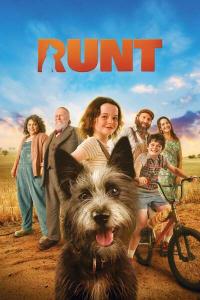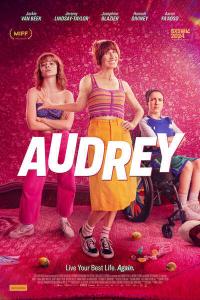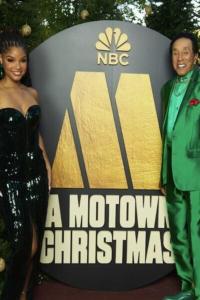Torrent details for "[ambient] (2022) Raum - Daughter [FLAC] [DarkAngie]" Log in to bookmark
Controls:
Language:
 English
EnglishTotal Size:
258.44 MB
Info Hash:
568b029395b29f6a5bbd01918df093d9750f997d
Added By:
Added:
24-03-2022 22:16 (edited 25-03-2022 04:10) by DarkAngie
Views:
455
Health:

Seeds:
1
Leechers:
1
Completed:
20
Review:
When Grouper’s Liz Harris performed at Krakow’s Unsound festival in 2014, sitting barefoot and cross-legged against a backdrop of visuals by the filmmaker Paul Clipson, the sound of the film projector was nearly as loud as her music. As wispy drones rose from her guitar pedals and abstracted shapes danced on screen, the steady rattle of the Super 8 auteur’s reels felt as much a part of the performance as his dreamlike imagery. The whir of Clipson’s film projector returns, fleetingly, on Daughter, the second album from Harris and Jefre Cantu-Ledesma’s duo Raum. A few minutes into the opening track, “Walk Together,” it rises from a watery pool of piano and voice and hovers, flickering, like a dragonfly. That telltale clatter of spinning gears can be charged with deep emotional resonance. It might summon memories of grade-school movie screenings, midnight Rocky Horror showings, or maybe, for someone younger, simply a sepia-tinged vision of the past—a sense memory of obsolete tech, a faint echo of a vanishing world. On Daughter, the sound speaks to a more particular loss: Clipson, a friend and frequent collaborator of both musicians, died in 2018. These recordings date from two years prior, when Harris and Cantu-Ledesma met up with the filmmaker for an audiovisual performance at Marfa Myths, Mexican Summer’s annual festival in the Texas art destination. It was the last time that all three were together. Clipson’s absence hangs heavy over Daughter. The record is dedicated to him, and in a note accompanying the album, Harris describes it as an expression of grief. The week of the Marfa performance, Harris and Cantu-Ledesma went into the studio together, but to hear her tell it now, it was a period fraught with anxiety and personal upheaval. The building was haunted; ghosts kept Harris up at night. Some days were productive, but others were a total wash, and when they finished, they shelved the tapes. Over the years, Harris and Cantu-Ledesma tried to complete the music, but “a big piece of the record only made sense after sitting with the loss of Paul,” Harris writes. “The recordings took on a special resonance.” The sound and shape of Daughter will be familiar to anyone who has heard Raum’s 2013 record Event of Your Leaving. Across seven long tracks, the two musicians sculpt loops of piano and guitar into broad, shimmering vistas crusted with distortion and occasionally punctuated by Harris’ high, plaintive voice. The piano’s sustain pedal remains pressed flat to the ground; the reverb is seemingly endless. It’s easy to hear how Raum, like Helado Negro when he recorded in Marfa, were influenced by the vastness of the sky and desert. A powerful sense of place permeates the album, which is sequenced as an unbroken suite of interconnected songs. Birdsong and the cries of mourning doves are threaded subtly through long stretches; footfalls trudging through dry desert chaparral lend an unsteady rhythm to long portions of “Sunlight Crying” and “Revolving Door,” grounding the duo’s otherwise celestial tones firmly in the dust. Layering indistinct field recordings with instrumental scraps and bits of stray tape, the two musicians achieve a collage effect evocative of Clipson’s own work. Shooting entirely on film, and typically editing in camera, Clipson wove all manner of objects and shapes—natural forms, architectural lines, blown-out bokeh, kaleidoscopic arrays of lights—into dreamlike assemblages that pushed beyond narrative and representation. His use of rhythm, color, texture, and abstraction achieved a quality akin to visual music, which is precisely what made his collaborations with artists like Harris and Cantu-Ledesma so satisfying; each drew new depths out of the other’s work, even when musician and filmmaker had no idea of what the other would be doing on stage. “The films are a personal recording, like a diary or essay, rendering color, light, focus and shadow in many forms, in the hope of allowing for un-thought, unexpected elements to reveal themselves,” Clipson once said of his practice. You can feel that philosophy permeating the long closing track, “Passage.” It is the simplest of the album’s songs: Here, at last, there are no obvious field recordings, no snapshots of the Marfa landscape, just a ruminative piano figure and a hint of Harris’ wordless voice. The piano pattern loops round in long, sluggish circles; its rhythm suggests a rope slapping against a flagpole. It carries on for almost 23 minutes, reverb and distortion thickening almost imperceptibly. It is minimalist in the fashion of Arvo Pärt; it conveys the stillness of a statue lying at the bottom of a deep, clear lake. It is almost unbearably mournful: a few simple lines gently twined into an unmistakable expression of melancholy.

Track List:
1.Walk together 05:06
2.Restoration 07:39
3.Sunlight crying 07:33
4.Revolving door 06:42
5.Daughter 07:41
6.Lullaby 05:38
7.Passage 20:46
Media Report:
Genre: ambient
Country: USA
Format: FLAC
Format/Info: Free Lossless Audio Codec, 16-bit PCM
Bit rate mode: Variable
Channel(s): 2 channels
Sampling rate: 44.1 KHz
Bit depth: 16 bits
Note: If you like the music, support the artist



